Harvest Lane Honey 2-Frame Manual Metal Honey Extractor
-
( 4 Reviews )Rated 4.75 out of 5 based on 4 customer ratings04
- SKU: 110339199
The Harvest Lane Honey Metal 2-Frame Manual Honey Extractor is operated with a reversible handle and is the perfect addition to any beekeeper. Included is a honey gate with raise legs that fit perfectly with an HLH honey bucket underneath (sold separately). No need for additional raisers. This stainless honey extractor fits both standard deep and medium sized foundations.
-
Producer’s Pride Scratch Grains Poultry Feed, 50 lb.
Rated 4.88 out of 508Producer’s Pride Scratch Grains Poultry Feed, 50 lb.
Rated 4.88 out of 508 -
Producer’s Pride Universal Poultry Pen, 8 x 8 ft., CR0808
Rated 4.69 out of 516Producer’s Pride Universal Poultry Pen, 8 x 8 ft., CR0808
Rated 4.69 out of 516 -
Producer’s Pride Chick Brooder and Coop Heater
Rated 5.00 out of 503Producer’s Pride Chick Brooder and Coop Heater
Rated 5.00 out of 503 -
DuMOR Chick Starter/Grower 20% Poultry Feed, 50 lb.
Rated 5.00 out of 504DuMOR Chick Starter/Grower 20% Poultry Feed, 50 lb.
Rated 5.00 out of 504
The Harvest Lane Honey Metal 2-Frame Manual Honey Extractor is operated with a reversible handle and is the perfect addition to any beekeeper. Included is a honey gate with raise legs that fit perfectly with an HLH honey bucket underneath (sold separately). No need for additional raisers. This stainless honey extractor fits both standard deep and medium sized foundations.
- Manual honey extractor is used to remove honey from a beehive
- Honey gate in the front for easy draining after extraction
- Made of food grade stainless steel
- Stand included
- 39 in. H x 14 in. W (overall); 25 in. H (body)
- 16.5 in. clearance
- Stainless honey extractor fits both standard deep and medium sized foundations
- Made In China
Additional information
| Country of Origin | Imported |
|---|---|
| Capacity | 2 frame |
| Handle Length | 5 in. |
| Harvesting Product Type | Honey Extractors |
| Primary Color | No Color |
| Primary Material | Stainless Steel |
| Product Height | 39 in. |
| Product Length | 25 in. |
| Product Weight | 50 lb. |
| Product Width | 14 in. |
| Manufacturer Part Number | HONEYE-102 |



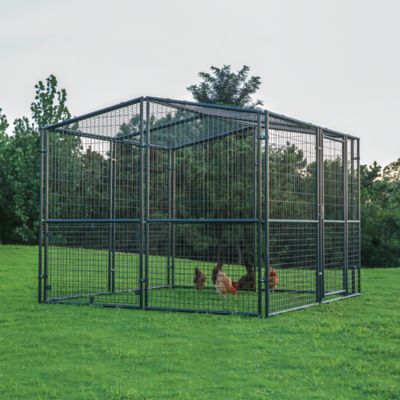
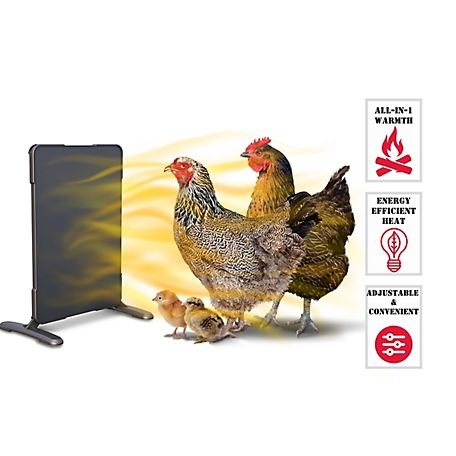

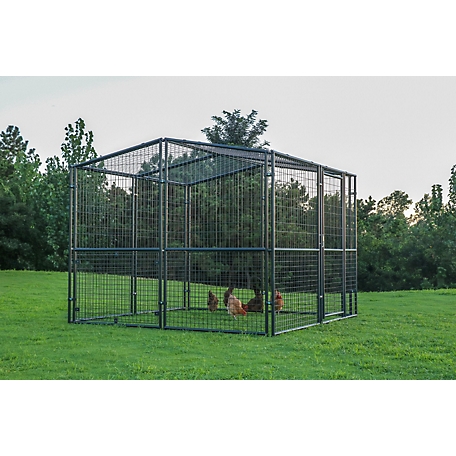
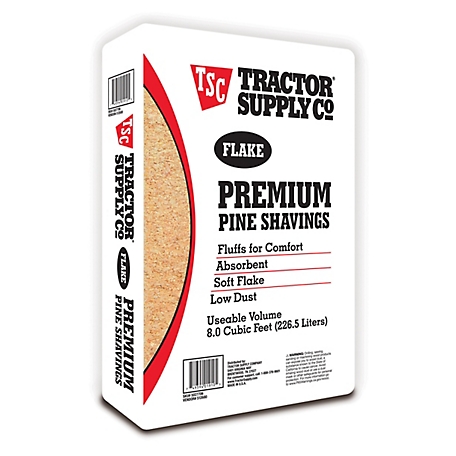


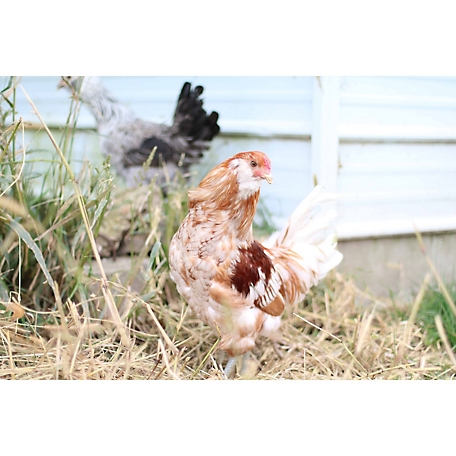
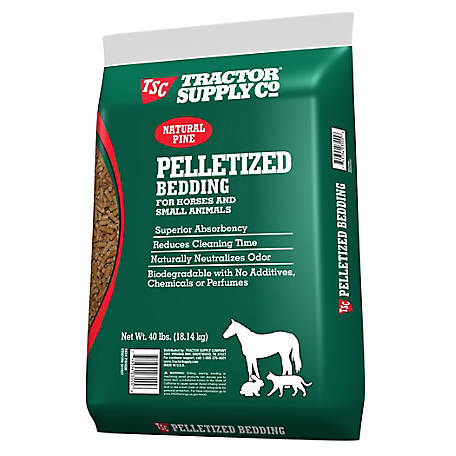
by Lee
Good solid equipment with legs.
by Toni
Received in good condition, quick service. Can’t wait to use it.
by Kay
This product works well. A little pricey, but worth it.
by Diane
The extractor is well constructed, easy to use and works very well. The frames drained quickly, with minimal mess and no damage to the comb. Assembly is easy and, considering the size, pretty easy to clean because there aren’t many places for honey to hide. You MUST secure the machine before spinning frames. There are holes in the feet to bolt it to a floor or platform, but the unit is top heavy and I doubt that would prevent it from wobbling. I ended up using a ratchet strap to secure the drum to a post in my kitchen and that worked perfectly. This is a two frame extractor, so probably not ideal for a big operation. It is more than adequate for my few hives.